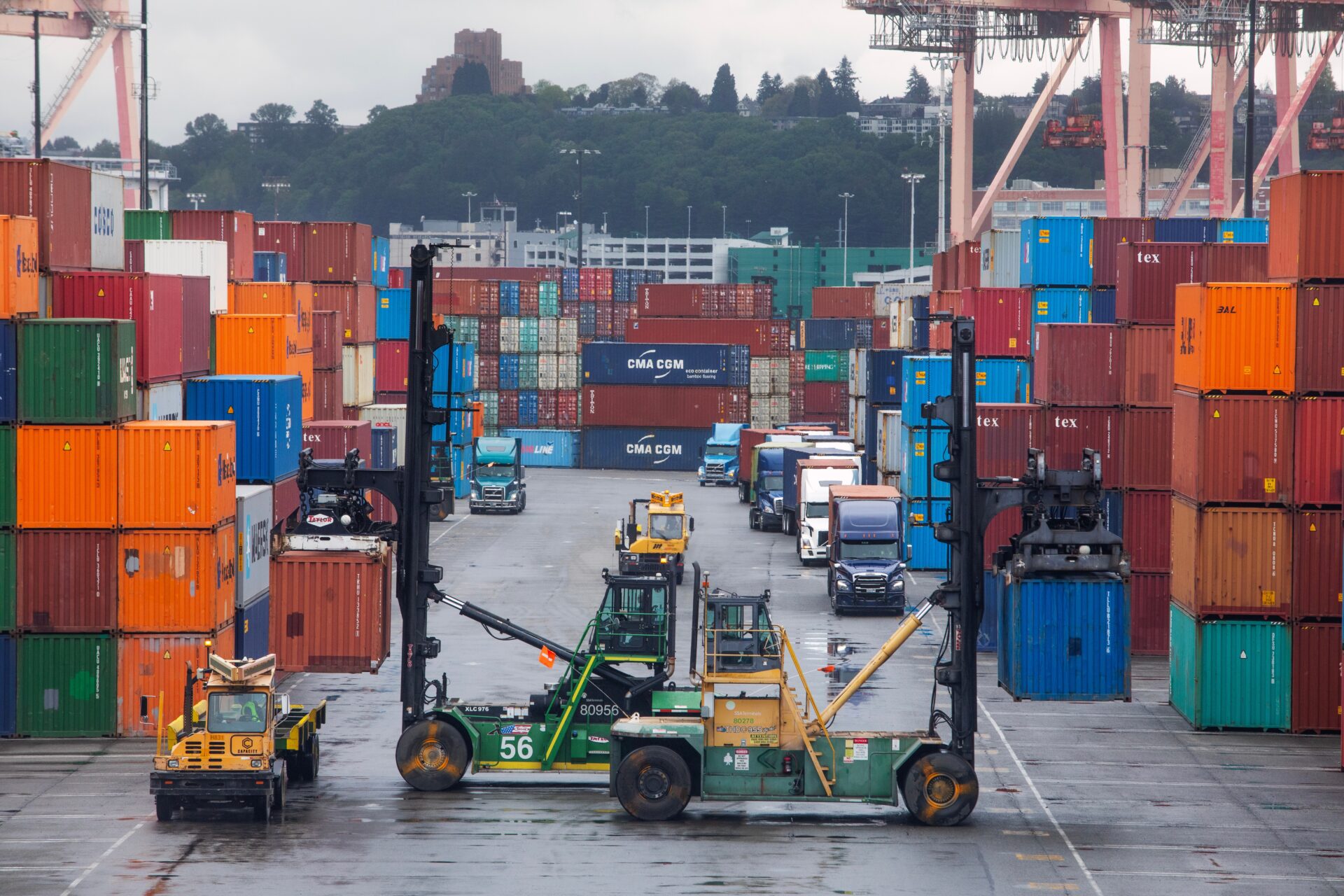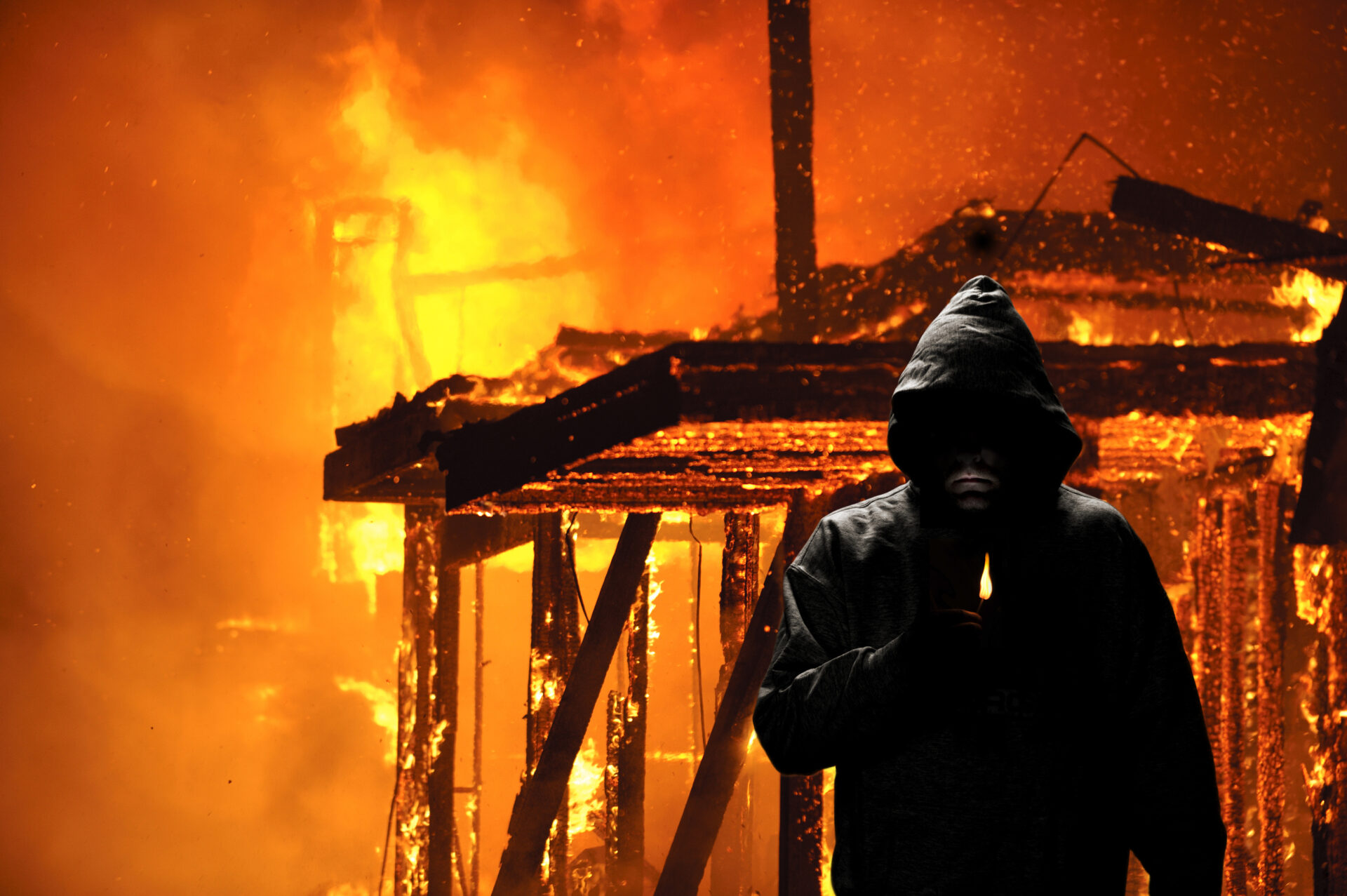
Is America Sliding Into STAGFLATION?
Mounting tariff pressures and slowing growth are raising fears that the United States may edge toward a stagflation environment, a condition marked by both rising inflation and economic stagnation.
At a Glance
- U.S. tariffs remain in place on hundreds of billions in imports
- Inflation has stayed above the Federal Reserve’s 2% target for 29 consecutive months
- GDP growth slowed to 1.2% in the last quarter, down from 2.8% a year earlier
- Consumer confidence fell for the third straight month in July
- Policymakers are monitoring risks of stagflation as trade frictions persist
Tariffs and Price Pressures
The persistence of tariffs on Chinese imports, coupled with additional duties on steel, aluminum, and select European goods, has added pressure to U.S. supply chains. Economists note that these levies are contributing to higher input costs for domestic manufacturers, which in turn are being passed on to consumers.
Watch now: Tariffs, Stagflation and the New AI-driven Economy · YouTube
At the same time, energy prices have risen due to geopolitical tensions in oil-producing regions, adding to household burdens. These dynamics have limited the Federal Reserve’s ability to cool inflation without further dampening already modest growth.
Warning Signs in Growth Data
The latest Bureau of Economic Analysis report showed U.S. GDP growth slowed to 1.2% in the second quarter, significantly below last year’s pace. Consumer spending, typically the main driver of U.S. economic activity, has softened as households contend with higher food and housing costs.
Business investment has also weakened, with many firms citing uncertainty over trade policies and elevated borrowing costs. Equipment purchases and new construction starts have both slowed, signaling hesitation in long-term commitments.
Policy Dilemma for Washington
For U.S. policymakers, the challenge lies in balancing tariff enforcement with the risk of restraining growth. While tariffs are aimed at reshaping global trade relationships and protecting domestic industries, they simultaneously raise production costs. This creates a difficult environment for the Federal Reserve, which must weigh whether to maintain restrictive monetary policy or provide relief through rate cuts.
Some analysts warn that premature easing could allow inflationary pressures to persist, while prolonged tightening risks pushing the economy into outright contraction. The Treasury Department has maintained that current trade measures are necessary, but industry groups argue that they are already eroding competitiveness and household purchasing power.
Stagflation Concerns Ahead
The specter of stagflation looms as inflation has stayed above the Federal Reserve’s 2% target for more than two years. If growth continues to weaken while prices remain elevated, the U.S. could face conditions reminiscent of the 1970s, when energy shocks and trade disruptions drove a prolonged period of high inflation and weak output.
For now, the labor market has remained resilient, with unemployment at 4.1%. However, a sustained slowdown in hiring would reduce household spending power and magnify stagflation risks. Economists stress that avoiding such an outcome will require careful coordination between fiscal and monetary policy, as well as potential revisions to tariff strategies that have become a persistent drag on U.S. economic momentum.
Sources
Reuters
Bloomberg
Wall Street Journal


